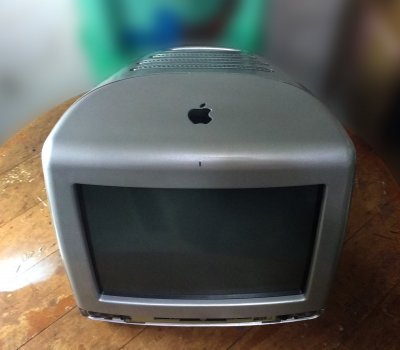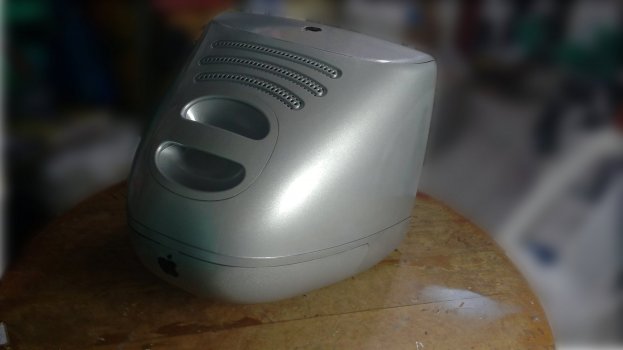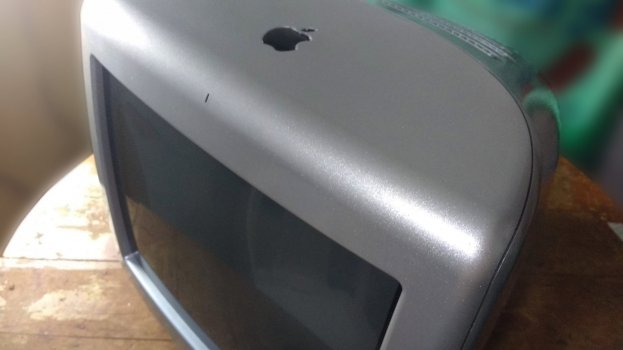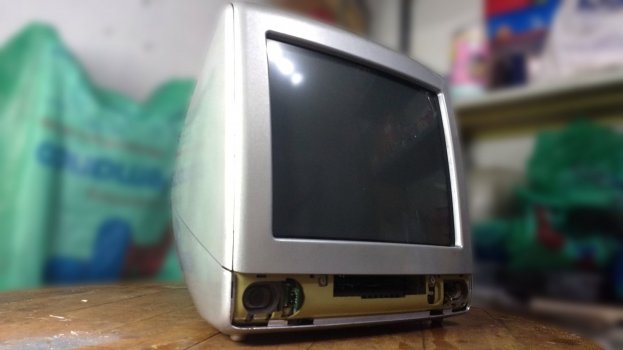That’s a myth — one which major manufacturers like Apple and Samsung have been conditioning consumers to believe for better of the last 10–15 years. It ties in with their zealous embrace of planned obsolescence — their shareholders demand nothing less.
The
Frame.work laptop and the
Fairphone 3 and 4 are counter-arguments against that specious myth, and others, including
established players, will soon be joining them.
Balderdash. Hogwash.
Citations needed.
On the contrary, modularity assures that a device can accommodate future improvements to technology by upgrading the components which do get that improvement. Newer, faster CPU? Swap it out. Faster NVMe? Swap it out. Faster RAM needed for faster CPU? Swap out the logic board. That’s what the above linked examples are doing in real time.
No they aren’t. SoCs are a major corporation’s cop-out in a largely unregulated industry — an industry whose ecological and carbon impacts are only now just beginning to be taken into account as new regulations are drafted for limiting
ecological and social impacts to e-waste streams (which, in itself, produces plenty of carbon dioxide and releases abundant amounts of other toxic chemicals which leach into water supplies and soils).
SoC is unsustainable.
Nah. Faceless and many shareholders who demand quarterly profit by any means necessary (I would call this the legalized laundering of money, but that’s just me) is the greatest enabler behind a culture of overconsumption which accelerates carbon dioxide, methane, PM2.5, and ozone production. The rest is just noise — if not merely the accelerants used for stoking the fuel of profit.
See, all you’re doing here is hot-taking with vague, broad strokes and without providing the (scientific) process to step-by-step assert
why this is valid — much the way the corporations which strive to move people to disposable-by-design products do. Why?
Profit by any means necessary, even when that means borrowing (or even stealing) against the future to do so.
Hollywood “reboots”.
This is already happening.







